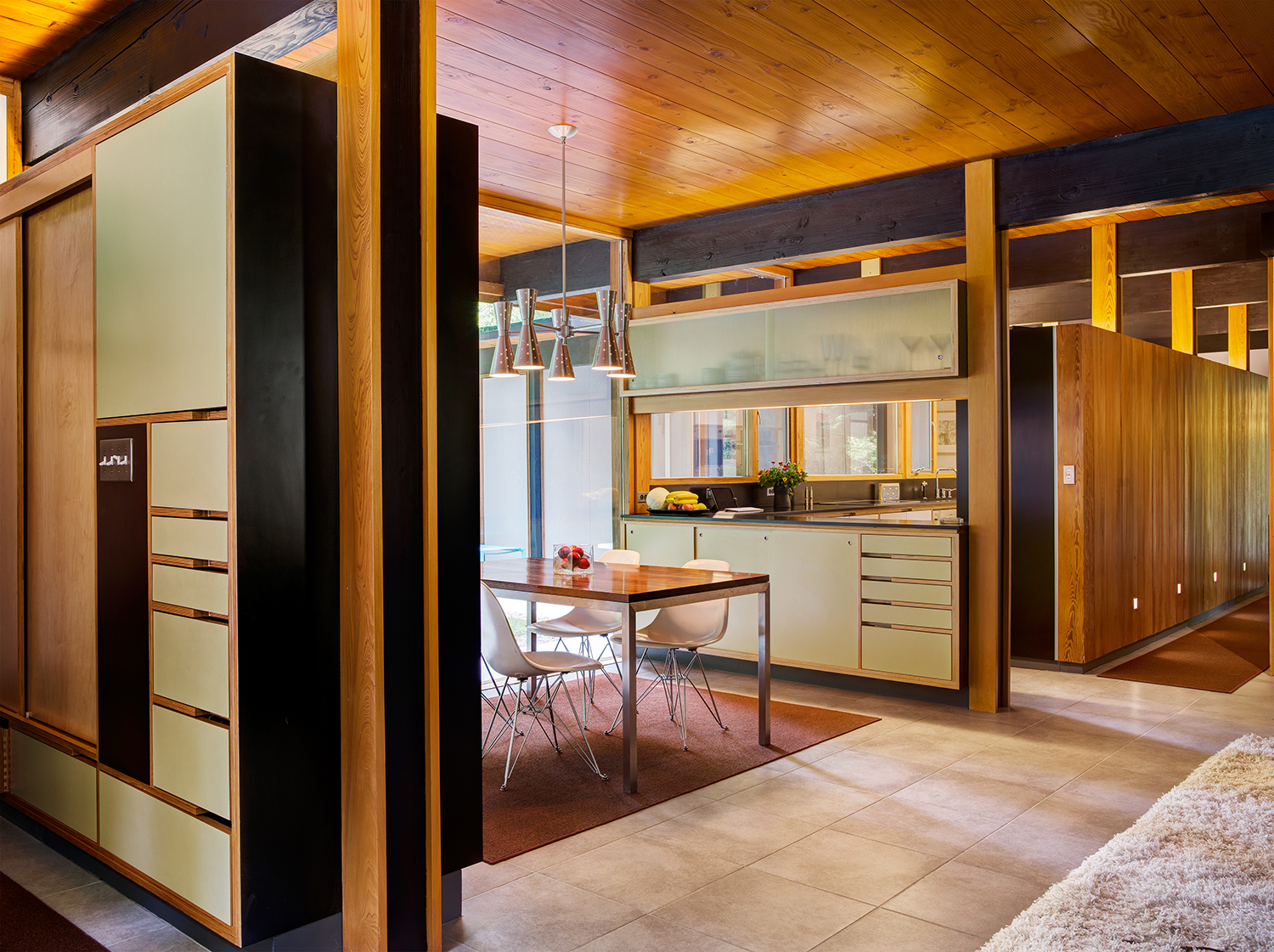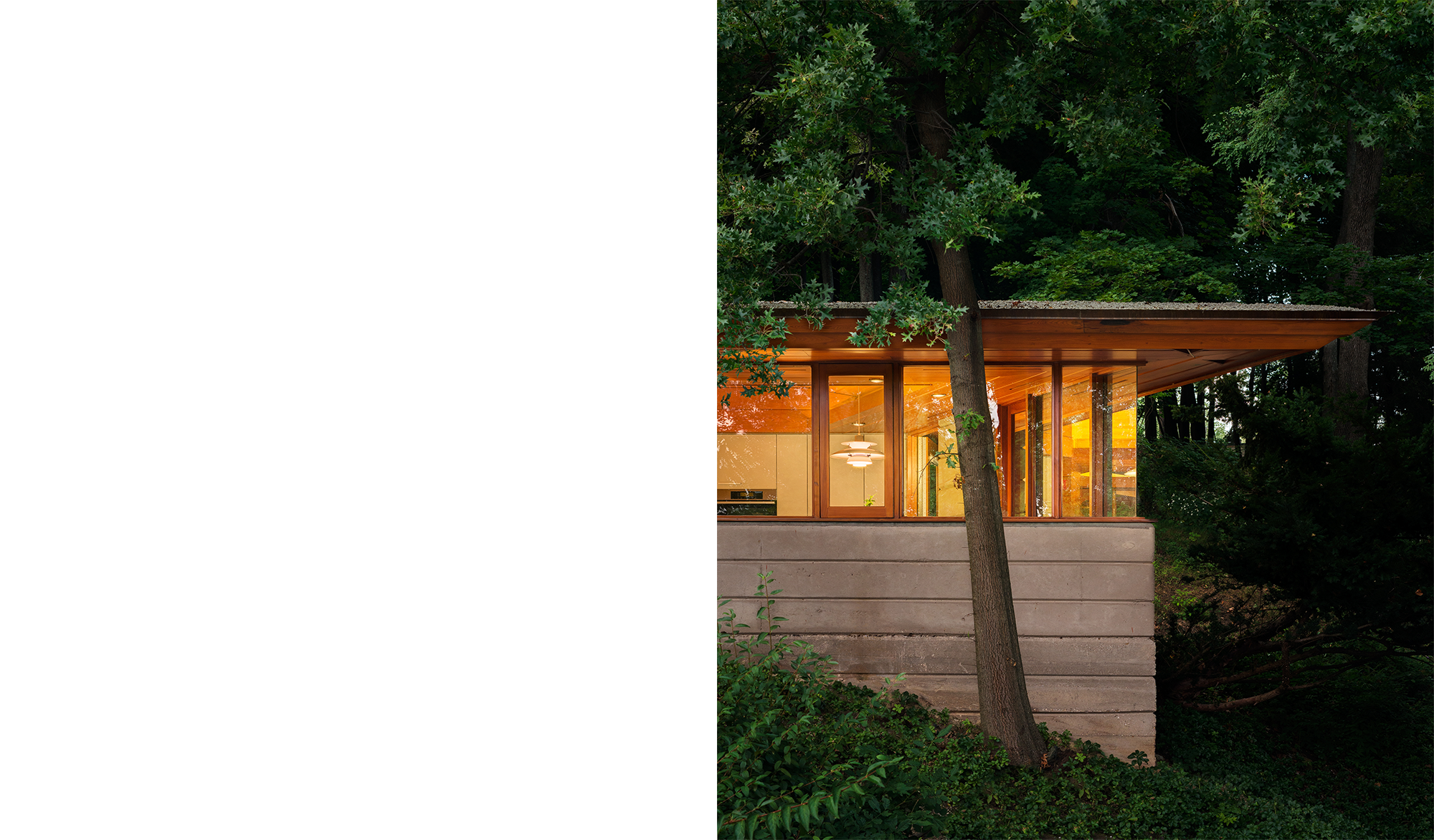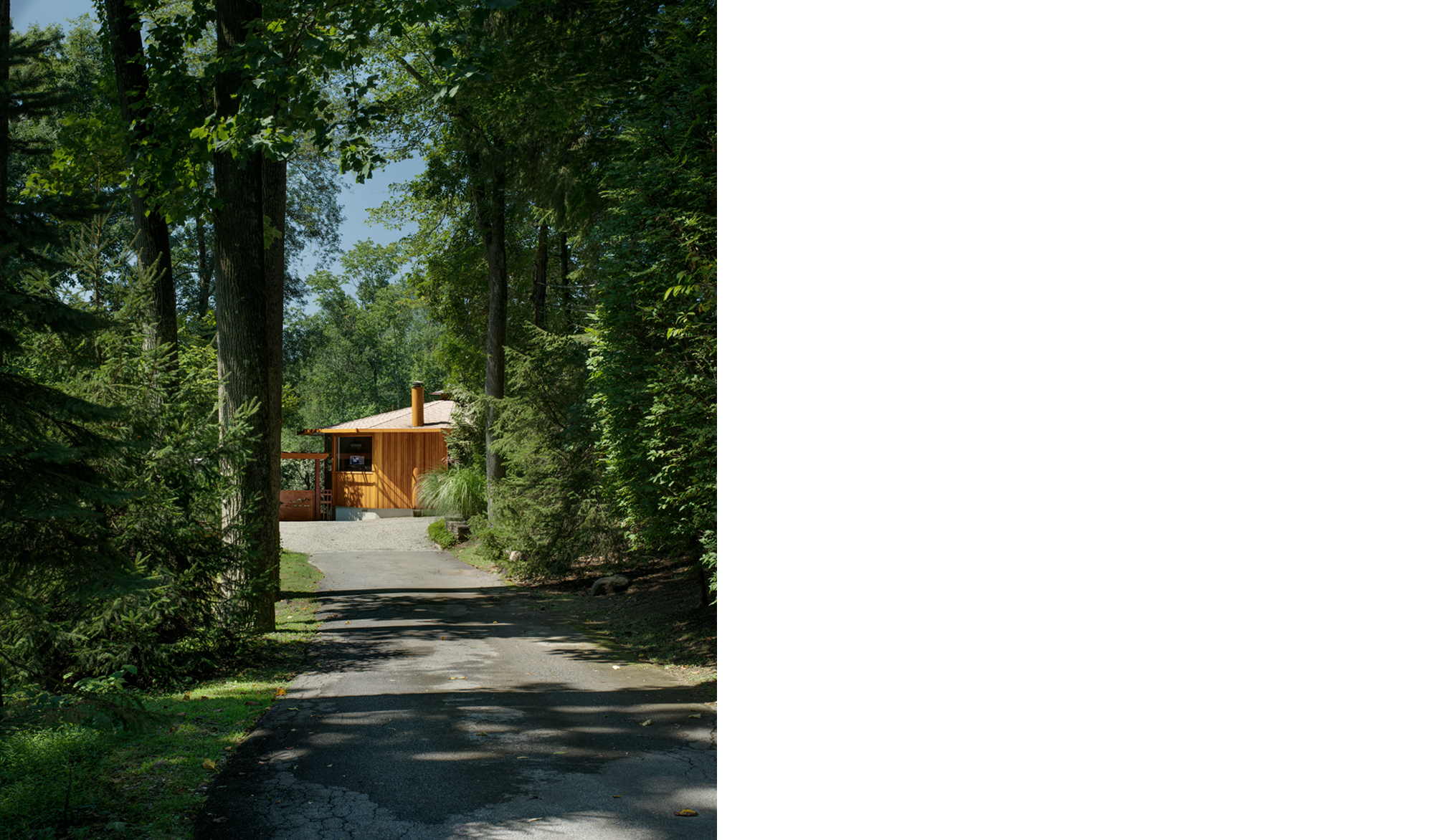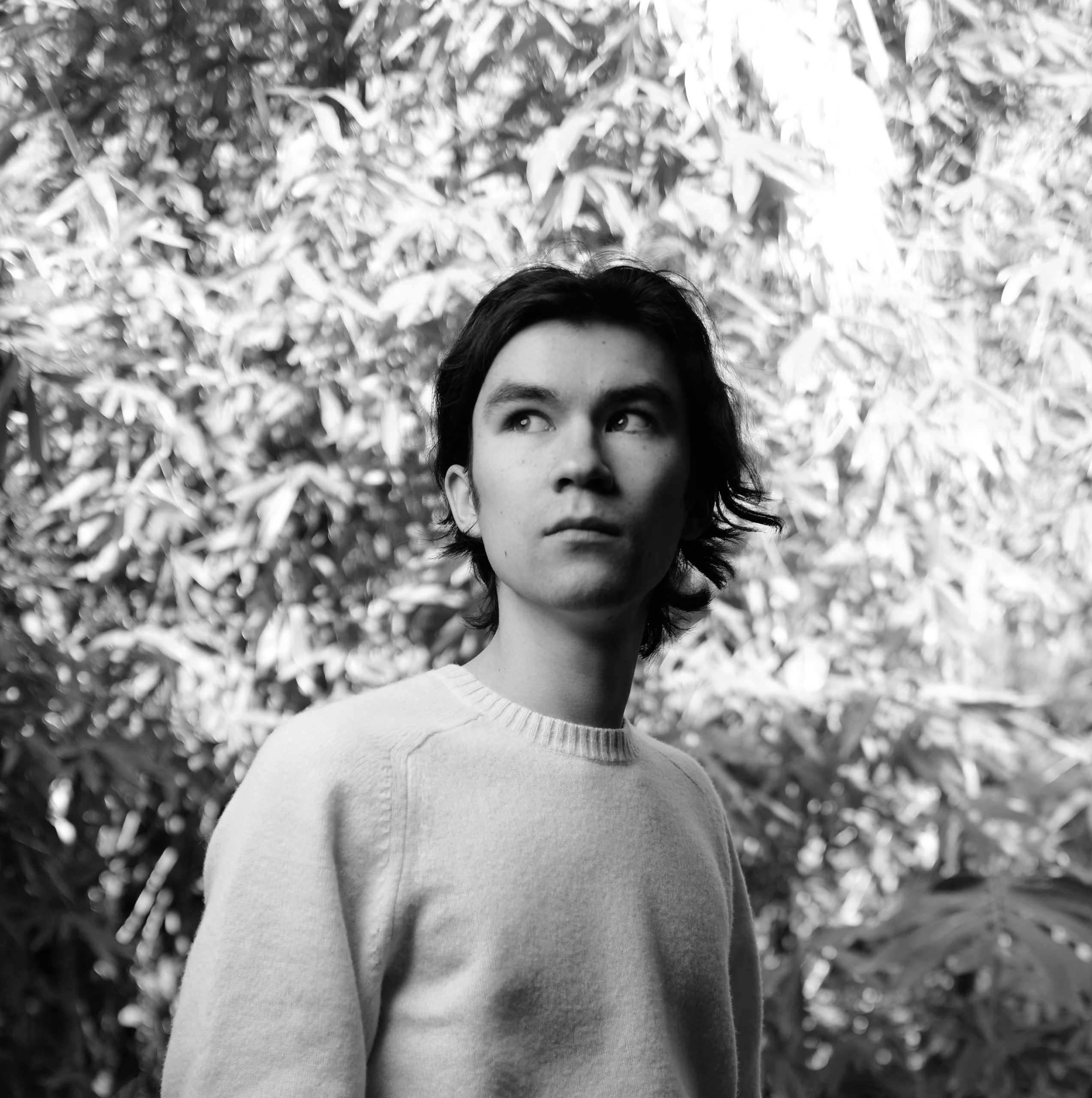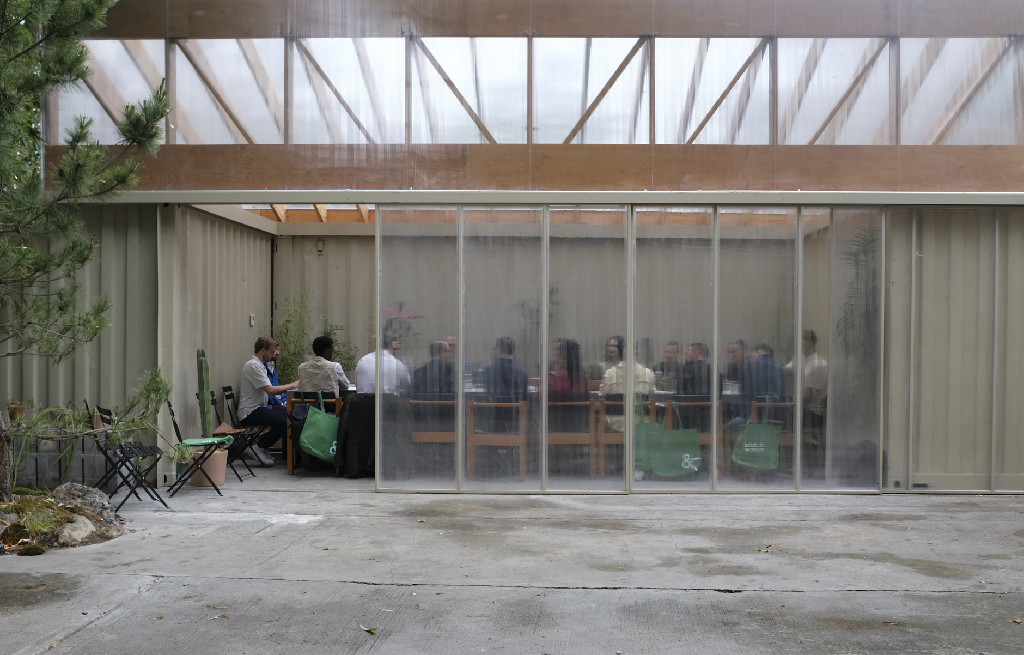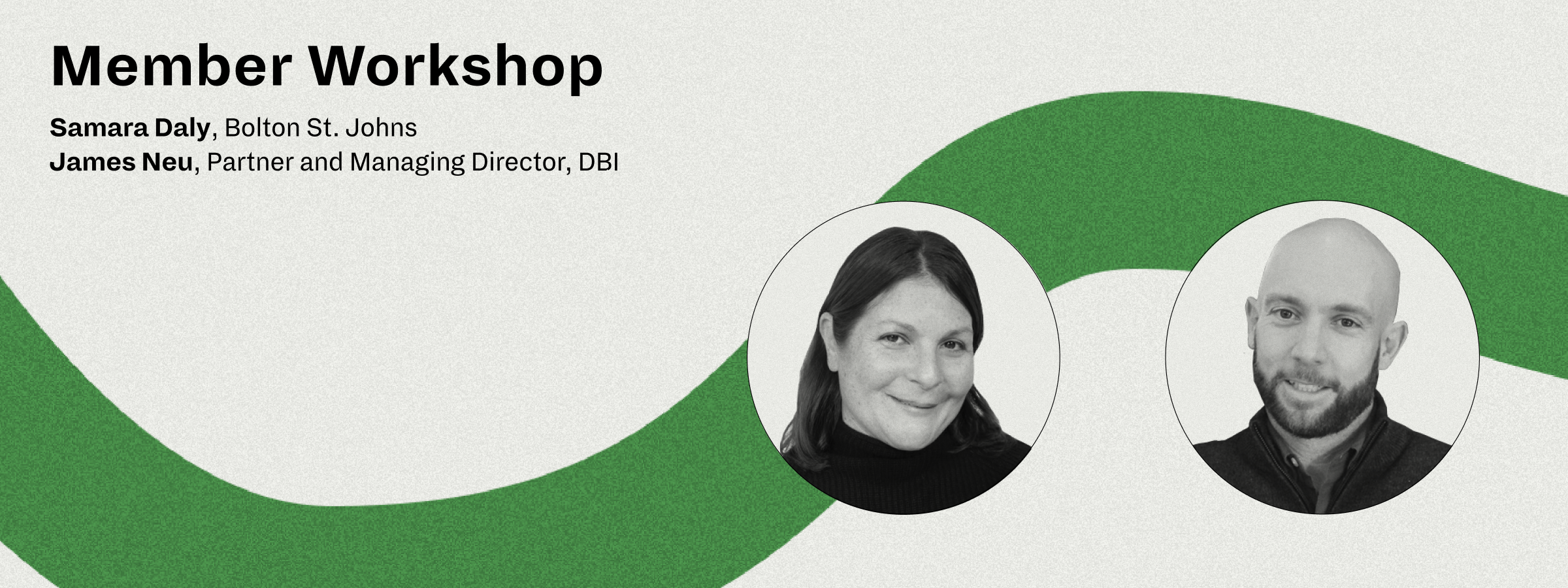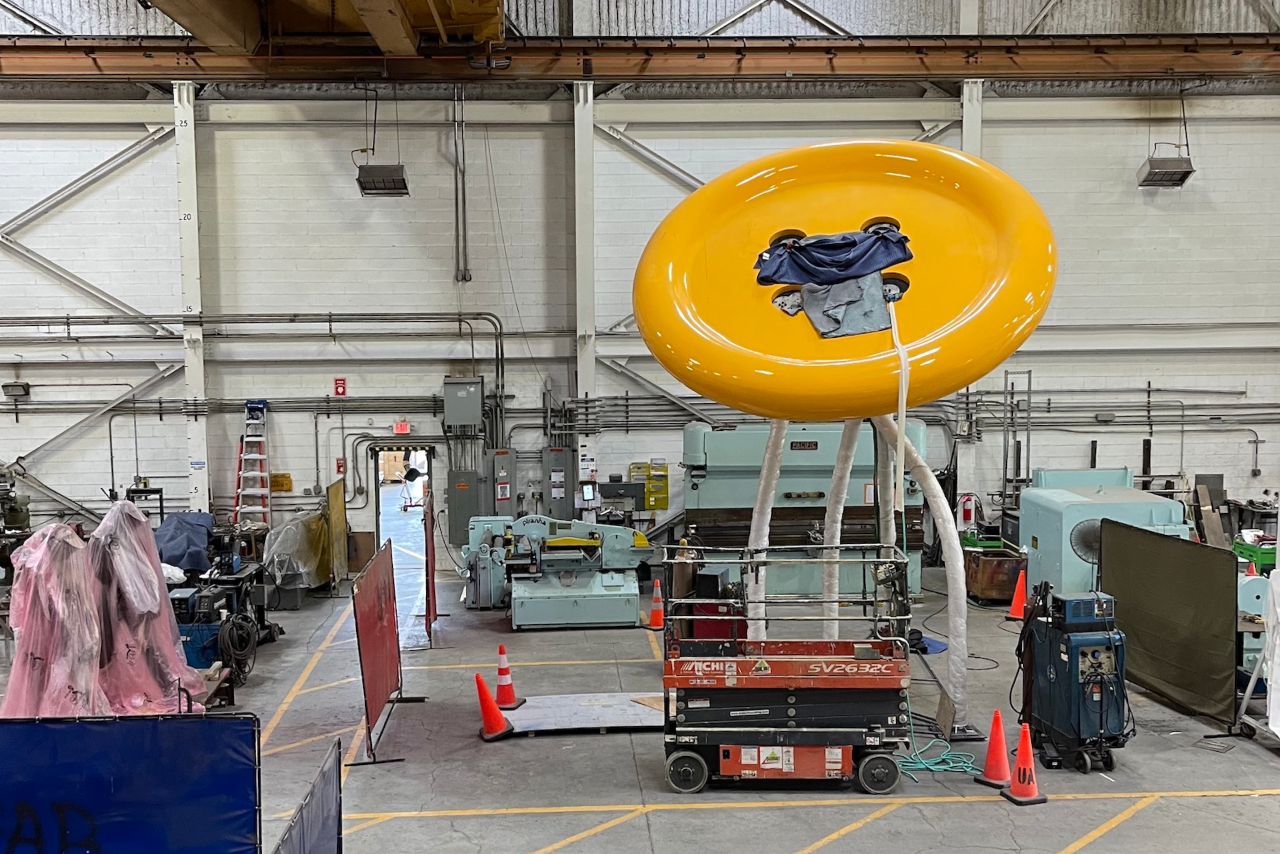A Passport to Usonia: Two perspectives on Frank Lloyd Wright’s suburbia
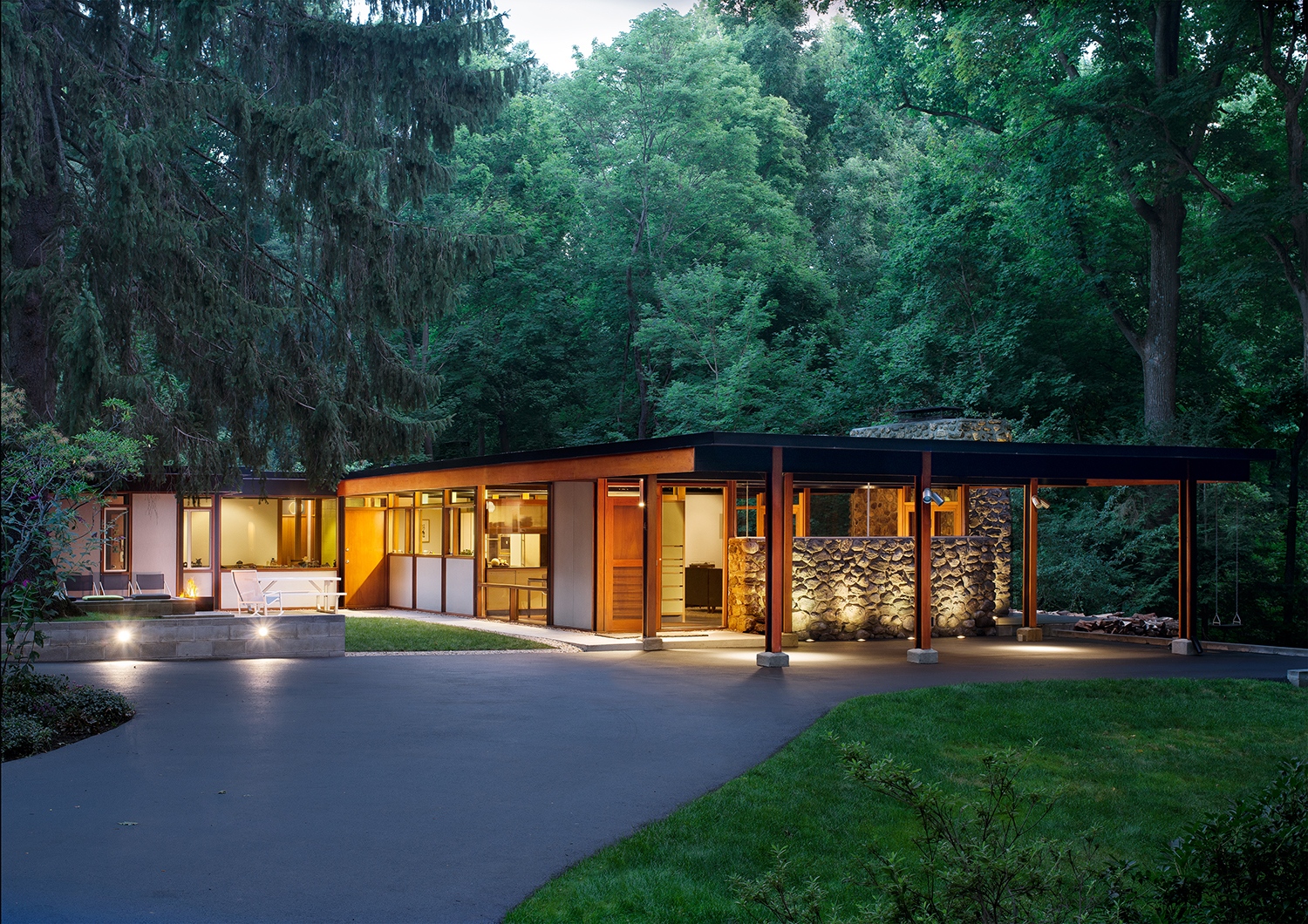
Welcome to the Brick & Wonder Podcast, Working Together, where we delve into the art and science of collaboration within the built environment industry. Hosted by Drew Lang, founder of Brick & Wonder, this podcast explores the stories and strategies behind the collaborations that drive innovation and shape the built world around us.
In this episode we spoke with two people whose values and objectives aligned to create a book about the Usonia residential community. Usonia was a planned community and is now a national historic district located in Mount Pleasant, New York, designed by Frank Lloyd Wright. Michael Biondo is an architectural photographer who has extensively photographed the Usonia homes. After an introduction from Brick & Wonder, Michael joined forces with Gideon Fink Shapiro, an architectural historian and writer to put together a book celebrating the design and history of this famous residential development.
You can also find and subscribe to the Brick & Wonder podcast on Apple Podcasts, Spotify and anywhere you listen to podcasts.
Architecture has too many mythical heroes and giants. We know that part of the problem of the culture and commerce of architecture is that it rewards the system of lone geniuses, but architecture is about collaboration. When we look at someone like Frank Lloyd Wright, the exercise becomes: is it possible to step back from this huge shadow that Wright casts, and instead look at the work?
—Gideon Fink Shapiro
My interest was in what went right with Usonia. It really is a beautiful example of how a suburban planned community can work out. You don’t see that very often. I grew up in a Levittown, which is the grid of monotonous house, after house, after house, exactly the same. Usonia is the polar opposite of that.
—Michael Biondo
I would love to see more dialogue between people like myself, the sensualists, the emotive, creative types, and a more rationalist, intellectual perspective. In other words, I’d love to see the professional and the academic come together more and collaborate. I think both could benefit from each other’s perspectives of the world.
—Michael Biondo
What I love about architecture is that it’s mute. On the other hand, it’s the opposite. Architecture is so expressive, and the 18th century theorists talk of architecture parlance, architecture that speaks. Buildings themselves don’t talk, but that’s precisely the opening for us to talk about them.
—Gideon Fink Shapiro

